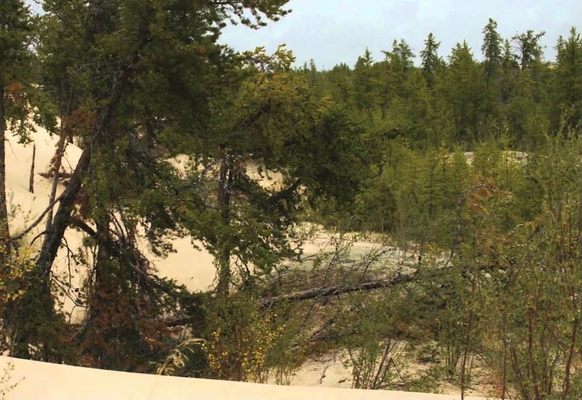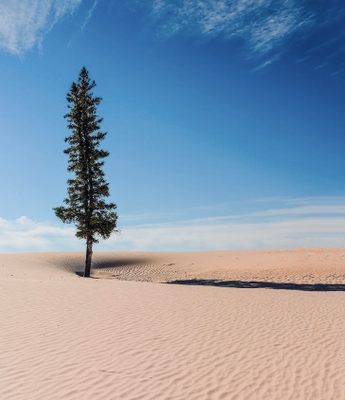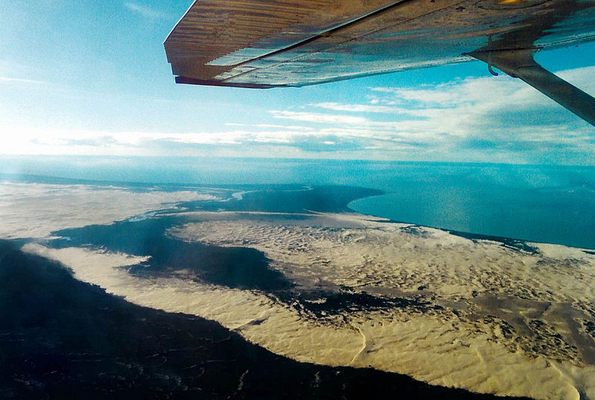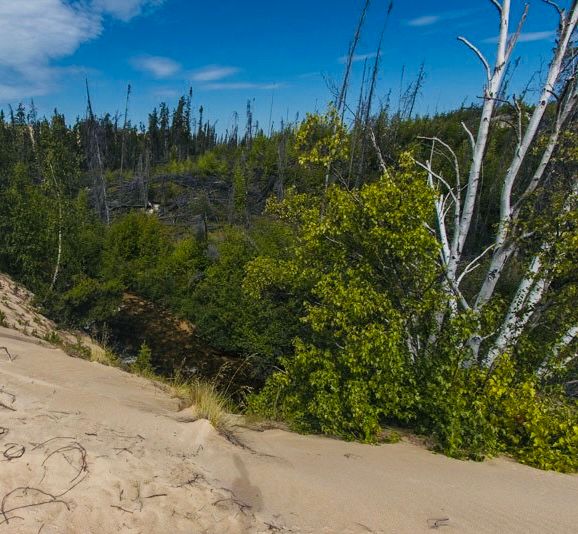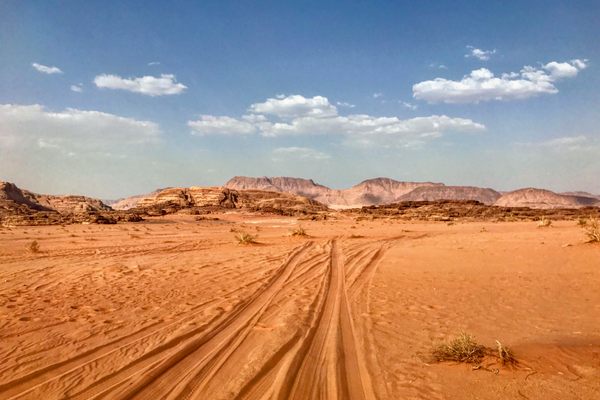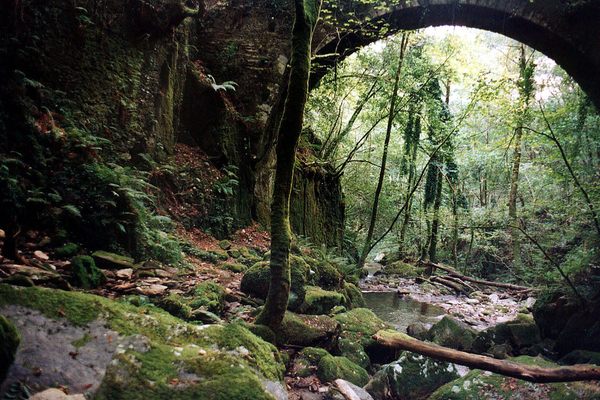About
The Canadian North conjures thoughts of mountains, lakes, forests, and polar bears...but sand dunes?
Stretching 100 kilometers along Lake Athabasca's edge, this unique geophysical formation is a testament to the diversity of the Canadian wilderness. The dunes can reach a height of 98 feet and are estimated to be 8,000 years old, formed during the last glacial period.
This unique geological environment has created a special place for a few plant species that cannot be found anywhere else on Earth. These endemic florae include rare species of willow, chickweed, hair grass, and floccose tansy. There are 300 plant species living in the dunes, 10 are endemic, and at least 42 of them are considered rare. A fickle plant life host, the constantly shifting sands often devour its flora, and visitors have reported skeletal trees emerging from underneath dunes they were formerly on top of in life.
An isolated attraction, the dunes are accessible by floatplane or boat only, and their fragile ecosystem is carefully watched over by the park service. There are no nearby settlements or amenities, so only the most adventurous travelers manage to scale these strange sand dunes.
Related Tags
Know Before You Go
Accessible by float plane or boat only
Community Contributors
Added By
Published
May 25, 2013

